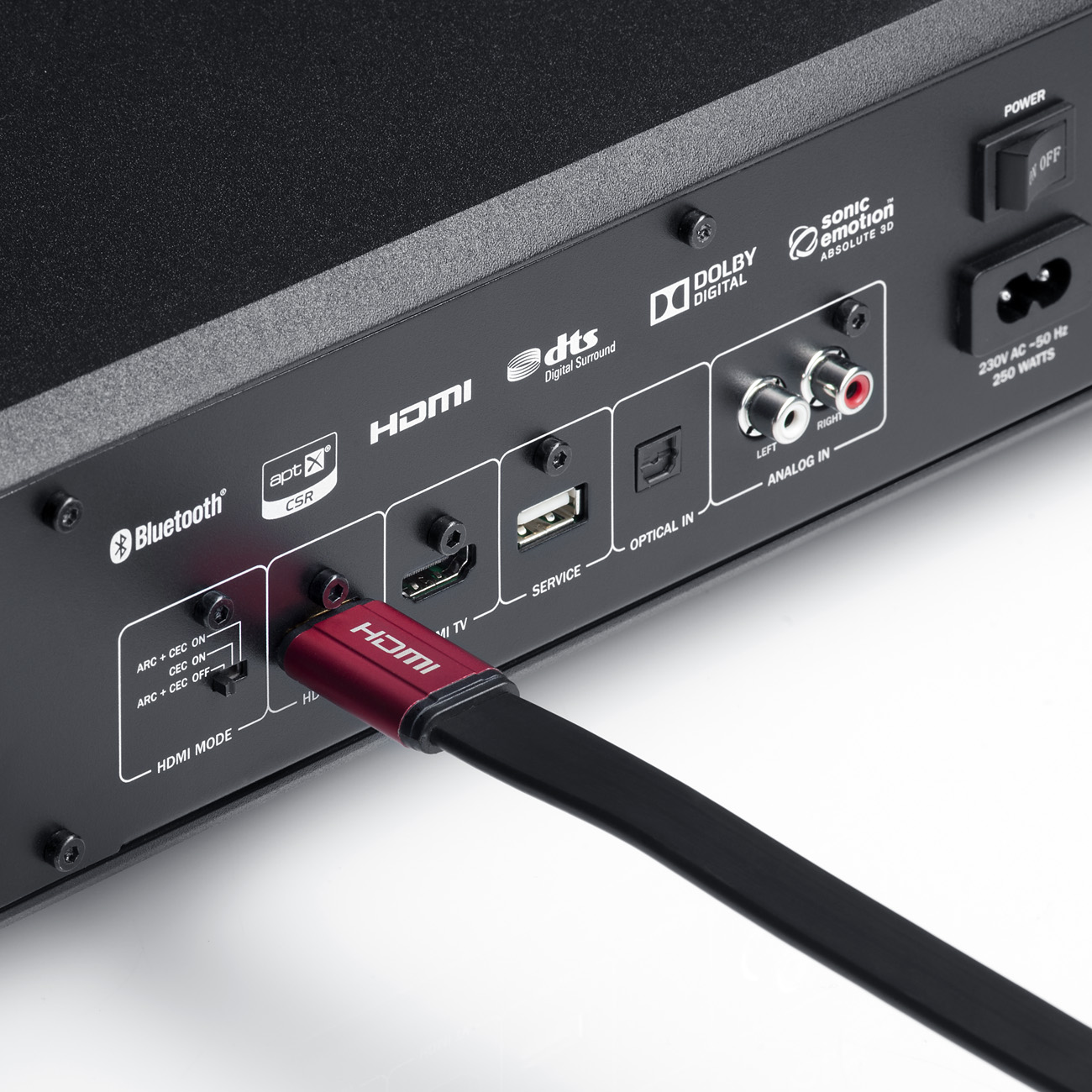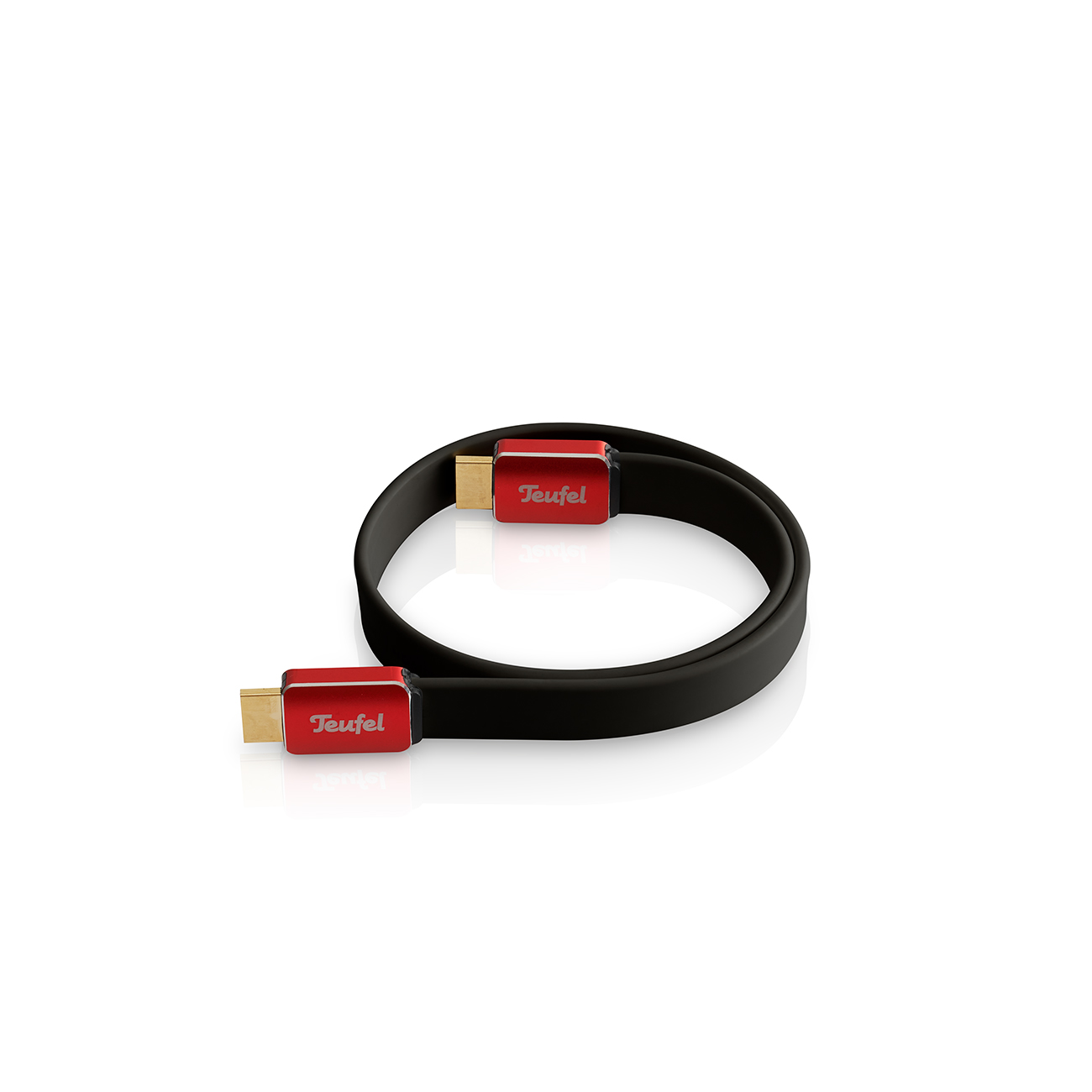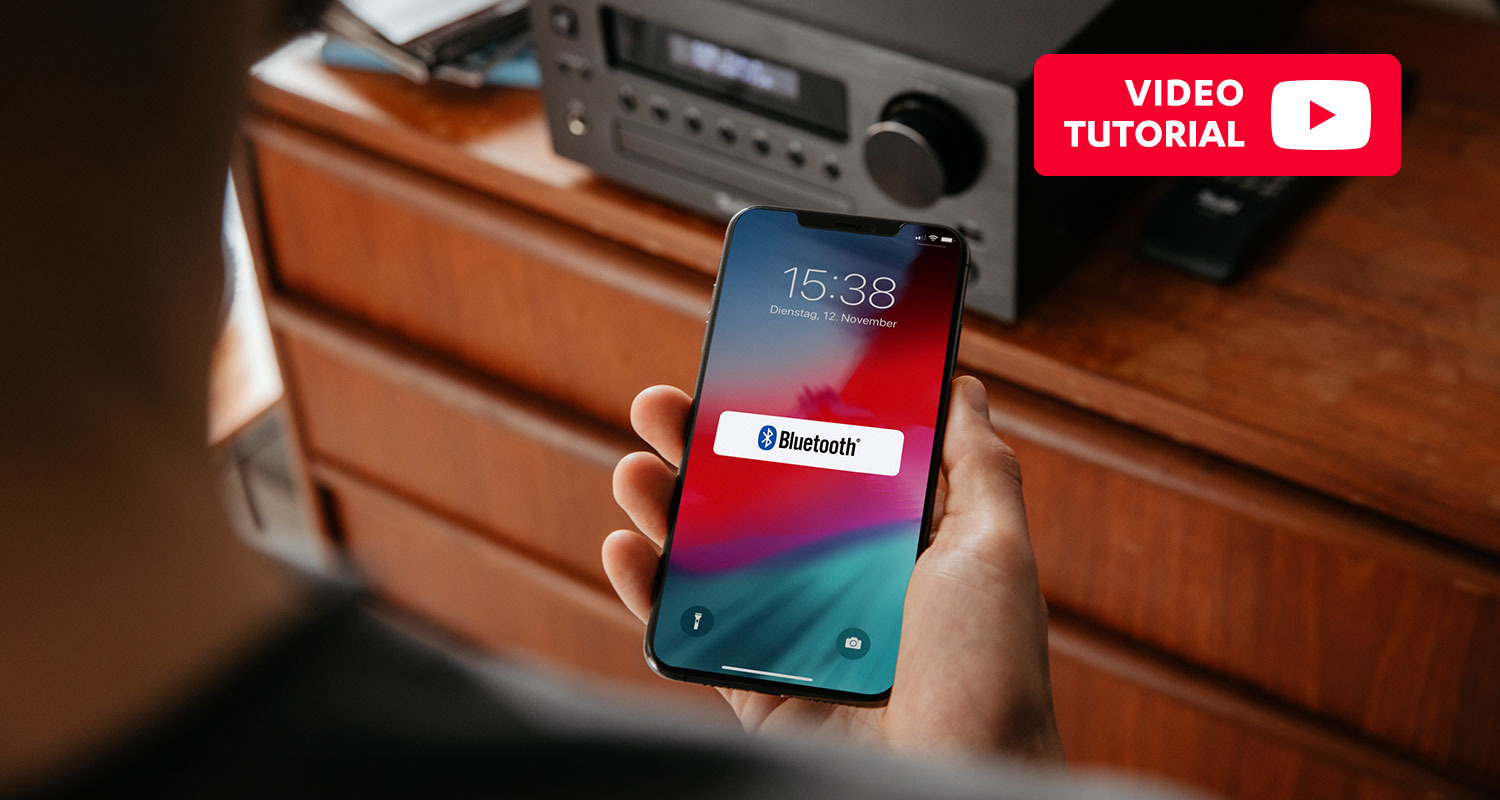Many contemporary playback devices offer several connection possibilities. Teufel’s Cinebar 11Opens in new tab, for instance, offers an optical digital as well as RCA and HDMI connections. But what does all of this mean and what inputs do you, realistically, need? In the following, we explain the key differences between the two types of SPDIF connections: Optical and coaxial.
What is an SPDIF interface?

A reader recently asked us about the digital output on his CD player. This is invariably an SPDIF interface. Short for Sony/Philips Digital Interface, SPDIF is a digital standard developed for audio transmission. This makes it different from today’s popular HDMI interface, or High Definition Multimedia Interface. HDMI was designed to carry large volumes of data and has the ability to transmit both audio and video information digitally. This explains why your CD player is not likely to have an HDMI output: There’s no need to connect a big ol’ HDMI cable when only smaller audio files are being sent.
The two types of SPDIF connections: TOSLINK and coaxial
The SPDIF interface can be used by two different types of digital cable: TOSLINK and coaxial. Coaxial cables conduct digital data by means of electronic impulses from source devices like CD and DVD players to amplifiers or receivers. TOSLINK, on the other hand, uses optical signals to send digital audio data. That’s why it’s also known as an optical cable or optical connection. Many devices feature both of these digital connections on their SPDIF interface.
The name coaxial refers to the way the cable is constructed: An inner conducting layer is surrounded by an outer shield which shares a geometric axis with the inner conductor. Since coaxial cables use electronic impulses, they are equipped with the same plugs as RCA cables. A coaxial input is also round like an RCA input and is usually marked with a yellow or orange border. Optical cable inputs can be recognized by their square shape.
Although they look alike, coaxial cables should not be confused with RCA cables. RCA connections, also known as “cinch,” can transmit audio as well as video but as an analog signal. Readers sometimes ask whether RCA connections can be used to conduct digital signals electrically. The answer is: Not always. The reason for this has to do with an RCA cable’s impedance. Coaxial cables conduct audio signals at 75 ohms. With analog RCA cables, this value differs by up to 50 ohms, a difference that can lead to drops in the playback, especially with longer cables.
What’s the better option, optical or coaxial?
Whoever compares the two digital transmission mediums won’t be able to hear any big differences. Since both TOSLINK (optical) and coaxial cables transmit signals digitally and use the SPDIF interface, there won’t be won’t be any difference in the transmission rate.

Depending on the use case, however, one form of digital connection will perform better than the other. Coaxial cables, for instance are better for transmitting data over longer distances. Optical cables, on the other hand, require repeaters in order to transmit at full strength after a certain distance, usually between 5 and 10 meters. Coaxial cables also have the reputation for being more robust in terms of getting bent or dusty. TOSLINK cables can be hindered by dust at their connection points which is why a cap is often used. But TOSLINK / optical cables also have their advantages. They are, for instance, less susceptible to disruption such as humming caused by ground loops between the various hi-fi components in your system.
In the majority of use scenarios, these factors don’t play a major role and the two transmission technologies, TOSLINK and coaxial are pretty much even. Where they both get serious competition in home cinema setups is with the digital standard HDMI. HDMI eliminates the need for a separate video cable and offers better sound quality with HD audio formats. This is because HDMI offer enough band width to transmit very large data volumes without compromise.
High-quality cables from Teufel
Coda: For audio, SPDIF connections are a good & universal option
- The digital interface SPDIF supports two types of connections: Coaxial and TOSLINK (optical) cables
- Digital coaxial connections are round and usually have a yellow or orange border
- Optical TOSLINK connections are square
- RCA connections are used to transmit analog audio as well as video data
- Due to divergent ohm values, RCA cables are not always suitable for use with a SPDIF coaxial connection
- There is no audible difference between TOSLINK and coaxial cables
- Coaxial cables outperform optical cables in distances over 5 meters
Titel picture: ©Marco, Cavetteria RCA Certain rights reserved. Source: Flickr
All other pictures the property of Lautsprecher Teufel







Leave a Reply